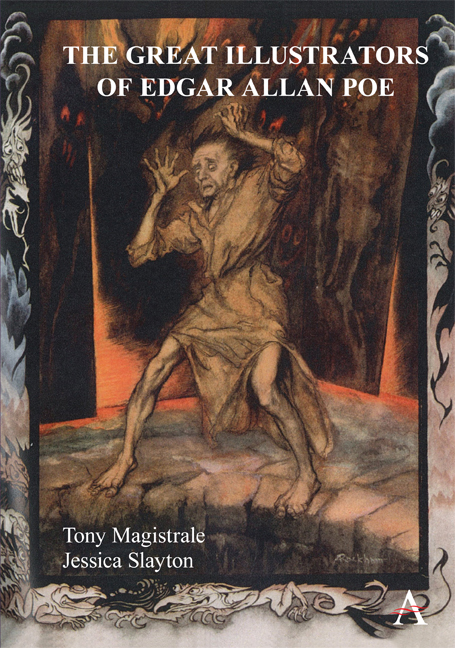Introduction: Theoretical Underpinnings
Published online by Cambridge University Press: 04 June 2021
Summary
One of the classes that Tony teaches every year at the University of Vermont is an introductory survey course covering the history of American literature from its Puritan origins to the end of the nineteenth century. After the first month studying Puritan and Colonial documents and the didactic essays of Ralph Waldo Emerson and his fellow transcendentalists, the syllabus turns to Edgar Allan Poe. It is as if the class suddenly finds itself released from Sunday school and thrust into Halloween. The level of enthusiasm among the students becomes charged, people who have seldom spoken in the course find something exciting to say, the course material takes on new, dynamic life even as it describes fetid environments on the borderland of death. This is the affect Poe can create on a reader and in a classroom. And it represents as good an explanation as any to explain why Poe's work is more popular and carries greater significance now, nearly two centuries after it was first composed, than it did during his own era. Something akin to this response is likewise responsible for inspiring over eight hundred illustrators of his poetry and fiction— painters, graphic and visual artists, filmmakers— surely the most for any American writer in our history. These images began as both stand-alone pictures and drawings, poster boards, illustrated series produced to accompany new Poe collections and translations in magazines and in hardcover, popular and luxe editions, and later entered into the highly popular sphere of films, videos, and cartoons.
This book chooses to examine only about two dozen of these visual representations, arguably among the most outstanding. What we have admittedly lost in breadth we have tried to make up in depth. We will leave it to our readers to decide if they concur with our selections. We were, on the other hand, guided by more than just subjective preferences. We acknowledge that this is a volume relative to the authors’ tastes and interests, but certainly many of our choices would appear on any greatest Poe illustrators list.
- Type
- Chapter
- Information
- The Great Illustrators of Edgar Allan Poe , pp. 1 - 12Publisher: Anthem PressPrint publication year: 2021



